It was quite predictable that the Haas VF-24 would follow the concepts that were spotted on Red Bull’s dominant race-winning car from last year.
The Haas VF-24 bears a resemblance to the RB19 due to the typical concepts of the single-seater of the Milton Keynes-based team, but in reality, it also anticipates - albeit only partially - some characteristics that we may find on the Ferrari SF-24 that launches on February 13th.
The wheelbase of the car looks to be the same as the VF-23, but as with the Ferrari, the gearbox has been shortened, allowing for a marginal change in weight distribution.
The suspension layouts have remained the same, i.e. front push rod and rear pull rod, but the wishbone pick-up points have been moved. The upper front element has been raised to the upper edge of the chassis, while the rear one has been moved lower to increase the anti-dive effect (to reduce the nose sinking during braking).
The nose cone ends at the level of the second profile of the front wing and the chord of the main profile looks to be increased.
The sidepods represent the most evident point of contact with the Red Bull while maintaining the oblong section air inlets, and are equipped with a lower lip with the function of diverting a wider flow of air towards the bottom with the particularly sculpted lower sides.
As expected, the side crash structures were lowered at the bottom of the chassis. This feature will be similar to the new Ferrari.
It’s also interesting to note the engine air intake now doesn’t sport a triangular cross-section, thus feeding the radiator placed atop the airbox. Horizontal gills are placed in a similar fashion to Red Bull and Aston Martin on the base of the engine cover, while the hot air rear vent is pretty huge to guarantee adequate heat exchange.
In general, it looks pretty conventional and follows a highly predictable conceptual path. It will be interesting to see, once on track how the entire aero concept of the car will work in terms of balance and downforce generated by the floor.
Viewed by others:
Don't miss out on any of the Formula 1 action thanks to this handy 2026 F1 calendar that can be easily loaded into your smartphone or PC.
Download the calenderMost read
In this article
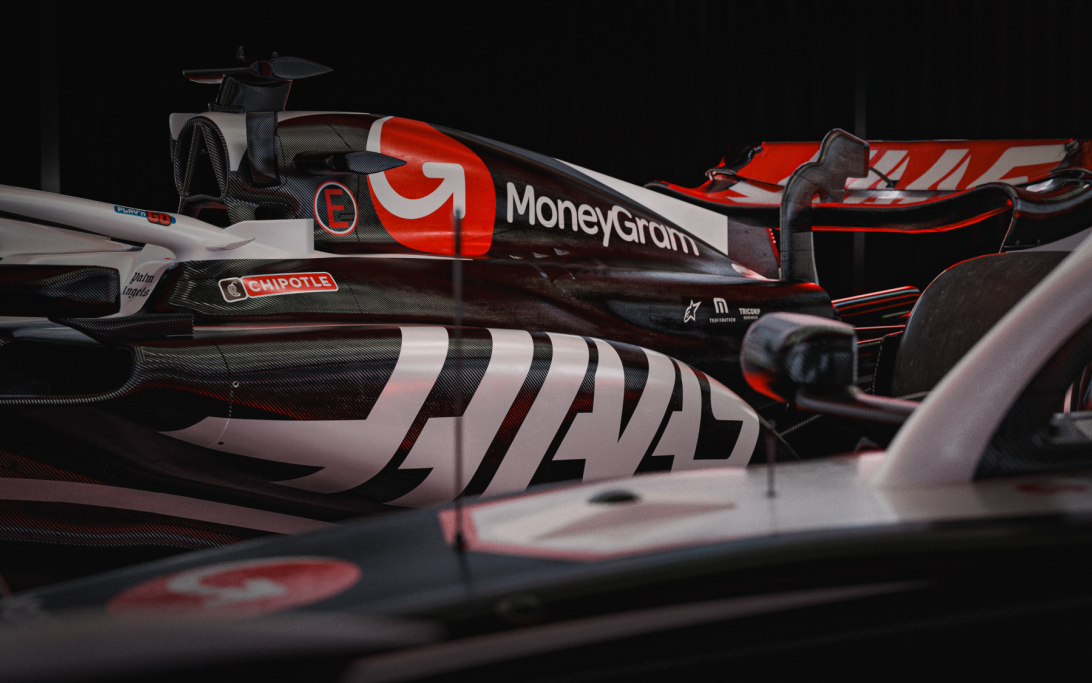
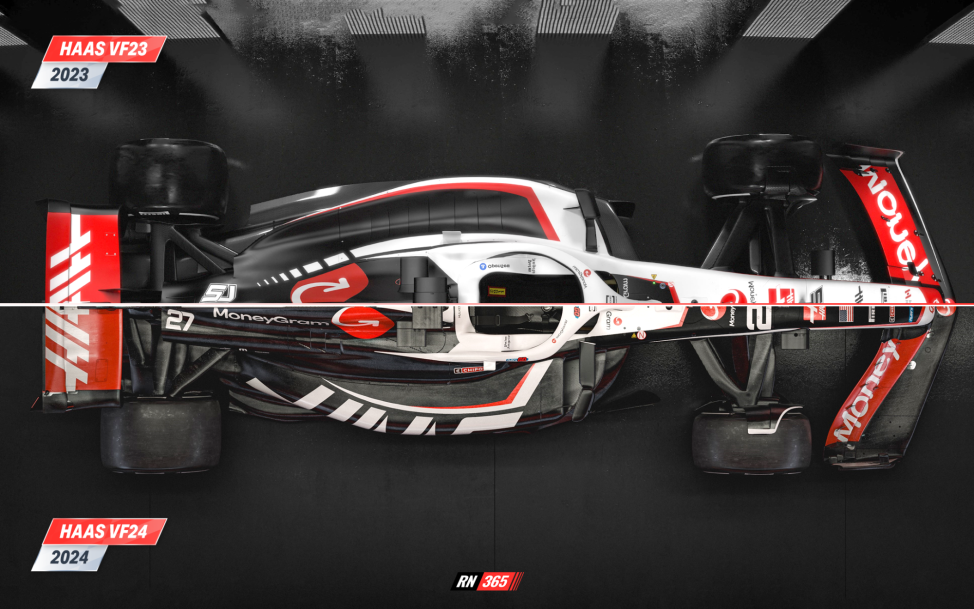

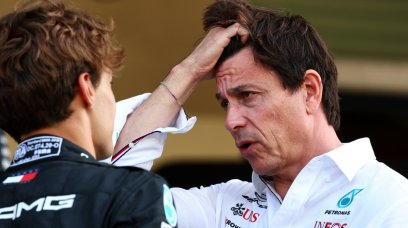

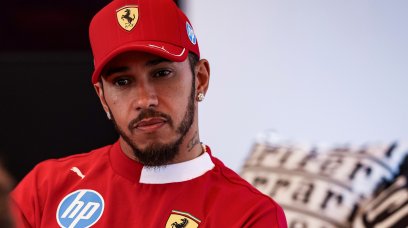



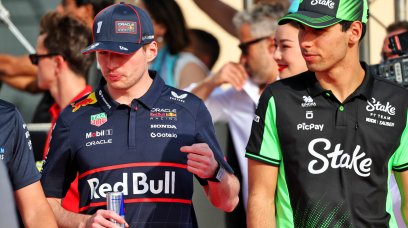

Join the conversation!